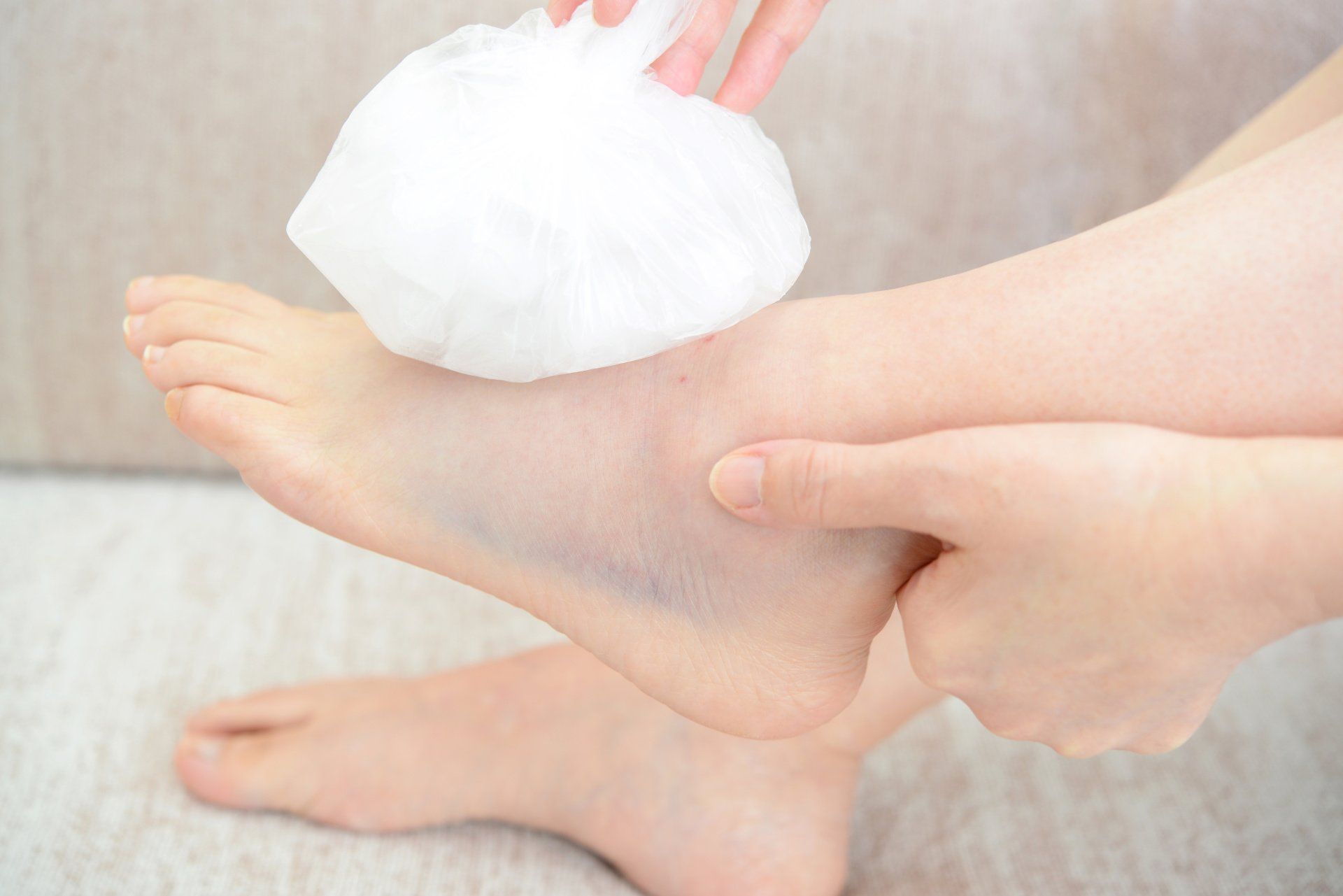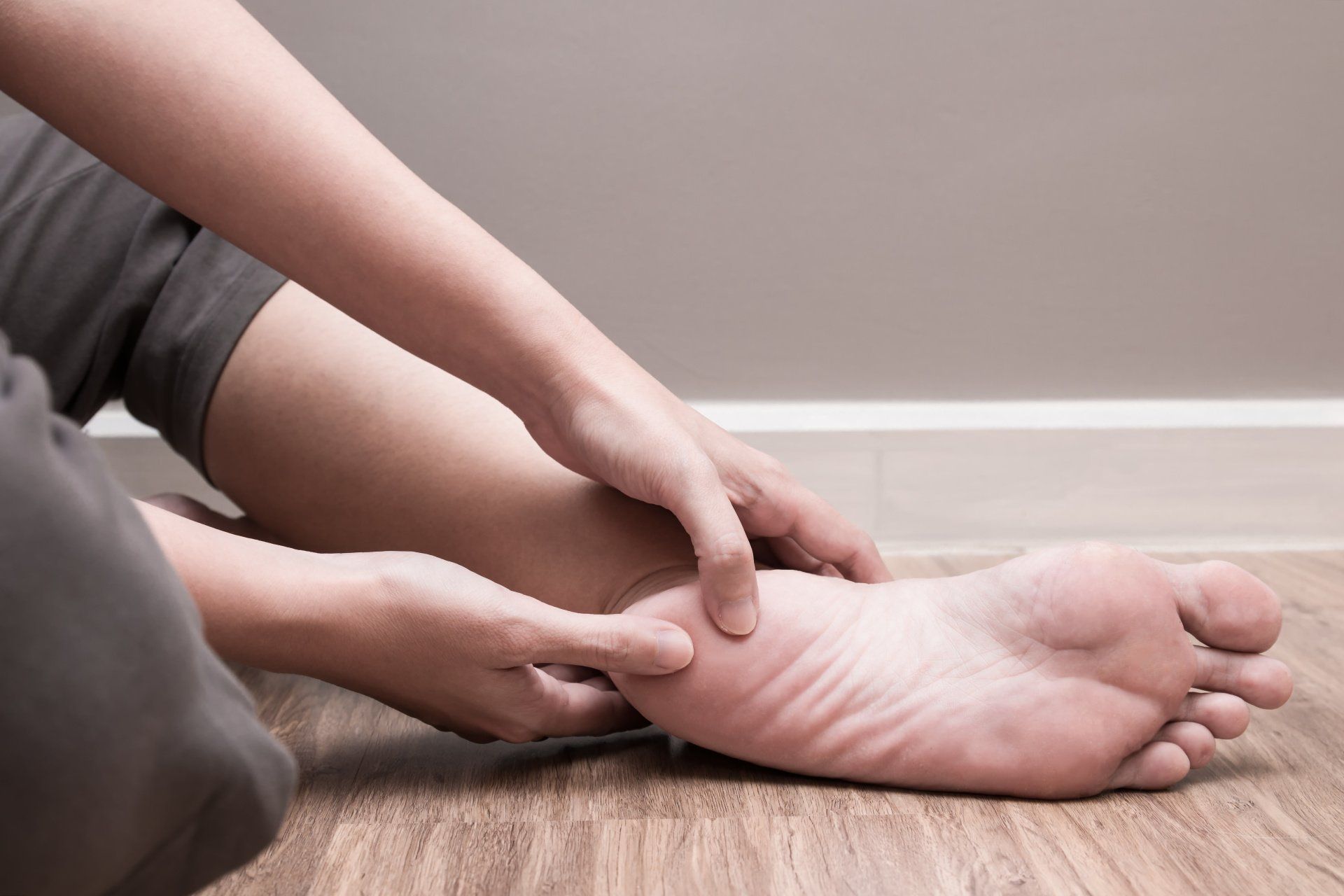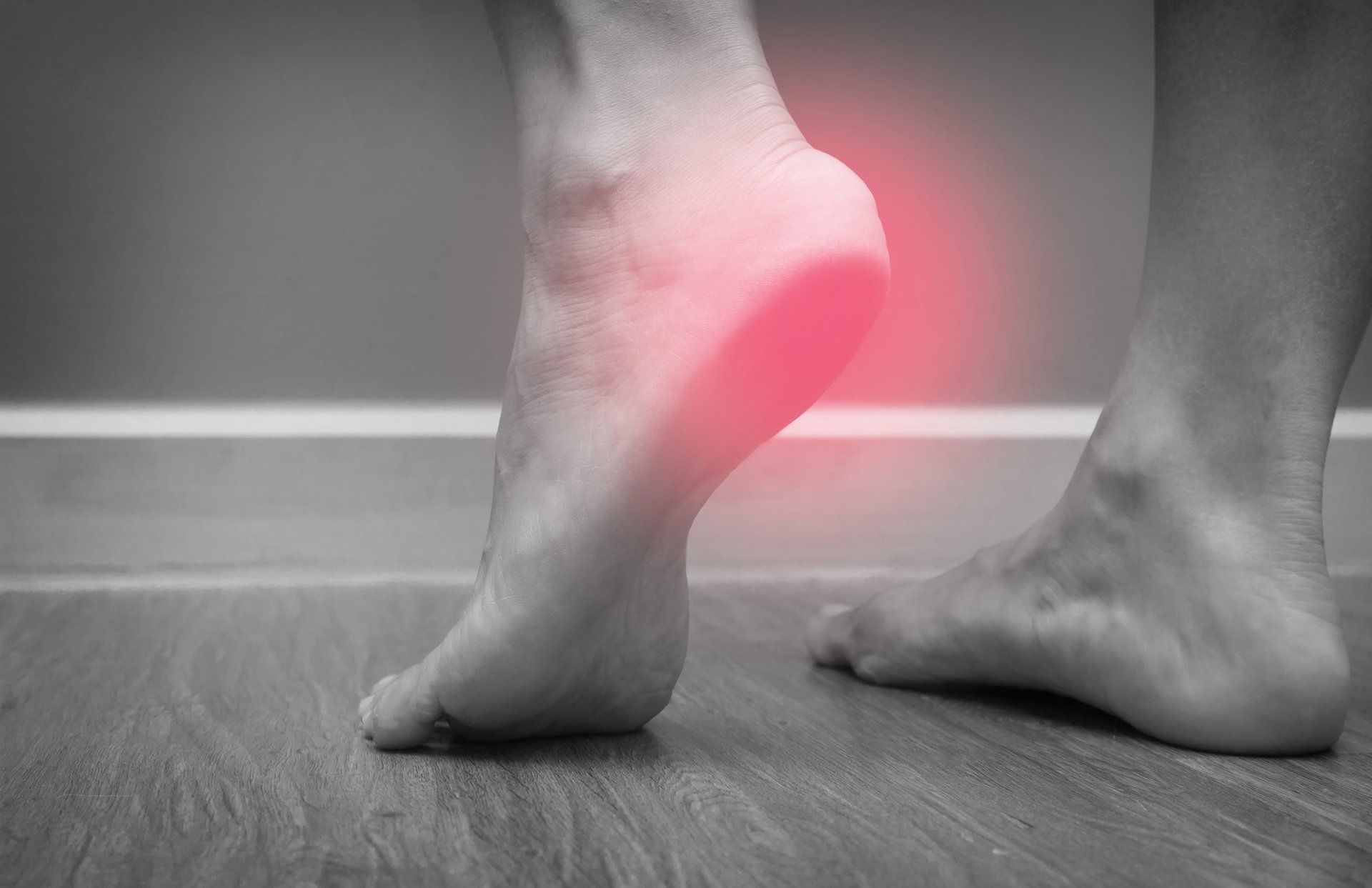Patrick Hall, D.P.M. - Expert Ankle Conditions Doctor in Baton Rouge
Baton Rouge Foot Doctor for Foot Conditions
Dr. Patrick Hall is a long-standing, respected expert in the field of podiatric medicine. He is board-certified by the American Board of Podiatric Surgery and is a co-author of the 4th edition of McGlamry’s Comprehensive Textbook of Foot and Ankle Surgery.
The term Bunion is used to describe the bony bump commonly seen at the base of the big toe joint. A bunion is not just a lump of bone. In the development of a bunion, the big toe actually leans towards the second toe and the bone in front of the big toe (the first metatarsal) shifts away from its natural position. This shifting or buckling of the two bones creates the visible bump. Technically the only way to “fix a bunion” is a surgery to correct the position of the toe. However, only a small percentage of people with bunions require surgery. Many patients get relief from ice, shoe changes and occasional anti-inflammatories.
Plantar fasciitis is the most common foot condition treated in Dr. Patrick Hall's Baton Rouge office. Most patients with plantar fasciitis complain of “first step” pain when getting out bed in the morning that eases with activity and recurs after short intervals of rest. Patients suffering from this condition generally point to the bottom of their heel or along their arch as the areas of maximum pain. It can range from a mild aggravation to very limiting depending on its severity. Initial treatments usually include stretches and arch support. Physical therapy, walking boot and other treatments can also be helpful. There is a surgical treatment for plantar fasciitis, but it should be reserved for patients who have failed all reasonable non-surgical options.
Morton's Neuroma
A neuroma is a pinched or swollen nerve in the front of the foot near the toes. It is most common between the 3rd and 4th toes but can also be present between the 2nd and 3rd toes. A neuroma typically presents as burning, numbness and pain in the forefoot. It may also feel like your sock is bunched under the ball of the foot. A neuroma be caused by narrow-toed and high-heeled shoes, as well as, certain activities that place extra pressure on the forefoot. Patients with very flexible feet are at higher risk for developing a neuroma.
High Arches
The medical term for a high arch is a cavus foot type. A cavus foot is usually stiffer and less accommodating than a flatfoot. This foot type places increased pressure on the ball of the foot and the heel. Patients with a high arch foot type are at increased risk for hammertoes, calluses on the ball of the foot and can develop instability over time. Many patients with a cavus foot have an underlying neurologic condition such as Charcot-Marie-Tooth. Bracing and shoe inserts can be helpful in managing the symptoms of cavus feet.
Plantar Wart
A plantar wart is simply a wart located on the bottom of the foot. Plantar warts are caused by the HPV virus and are very common. They often appear as a callus on that has small black dots on the surface. Plantar warts have a number of relatively simple in-office treatment options. Topical medications, chemical freezing and local excision are all standard treatments.
An ingrown toenail is a painful condition in which an extra portion of nail curls into the soft tissue portion on one or both sides of the toe. An ingrown toenail can cause redness, swelling and even infection, and most commonly involves the big toe. An ingrown toenail can form by trimming the nail too short, improper shoe fit or congenital widening of the toenail. Home remedies for ingrown toenails include warm water and Epsom salt soaks, topical antibiotics and attempts to clip the nail. These measures can yield temporary or partial relief but often fall short of permanent resolution.
Fractures
A fractured bone is synonymous with a broken bone. This is like taking a stick and twisting until the stick fatigues and splinters. The human foot has roughly 26 bones and any of these bones can be fractured. Most foot fractures are rotational or twisting injuries. The most common examples are stepping in a hole in the yard, tripping while stepping off a familiar curb, or slipping off the bottom of a staircase. Foot fractures can also occur from a fall from a height as low as 2 to 3 feet. If a fracture is called non-displaced, this means the broken pieces of bone are still touching and are in good alignment. Often, non-displaced fractures can be treated without surgery. If fracture is displaced, this means that the broken pieces of bone have moved out of alignment and are no longer touching; surgery may be necessary to bring the pieces back into alignment for optimal healing.
Stress Fractures
A stress fracture of the foot is an overuse injury that weakens the bone without an abrupt fall, twist or injury. It often occurs with a rapid increase in activity and can be associated with low Vitamin D. Stress fractures typically swell and have worsening pain as the day progresses. If untreated, a stress can progress from a small hairline crack in the bone to a complete break. Depending on the severity of the injury, treatment can include immobilization in a surgical shoe, or a walking boot. In more difficult cases, a non-weight bearing cast may be necessary. The sooner a stress fracture is diagnosed, the easier it is a treat and resolve.
Blogs on Foot Pain & Treatment Options for Baton Rouge Patients






